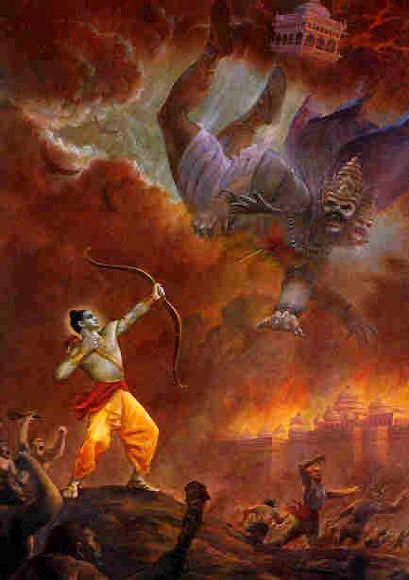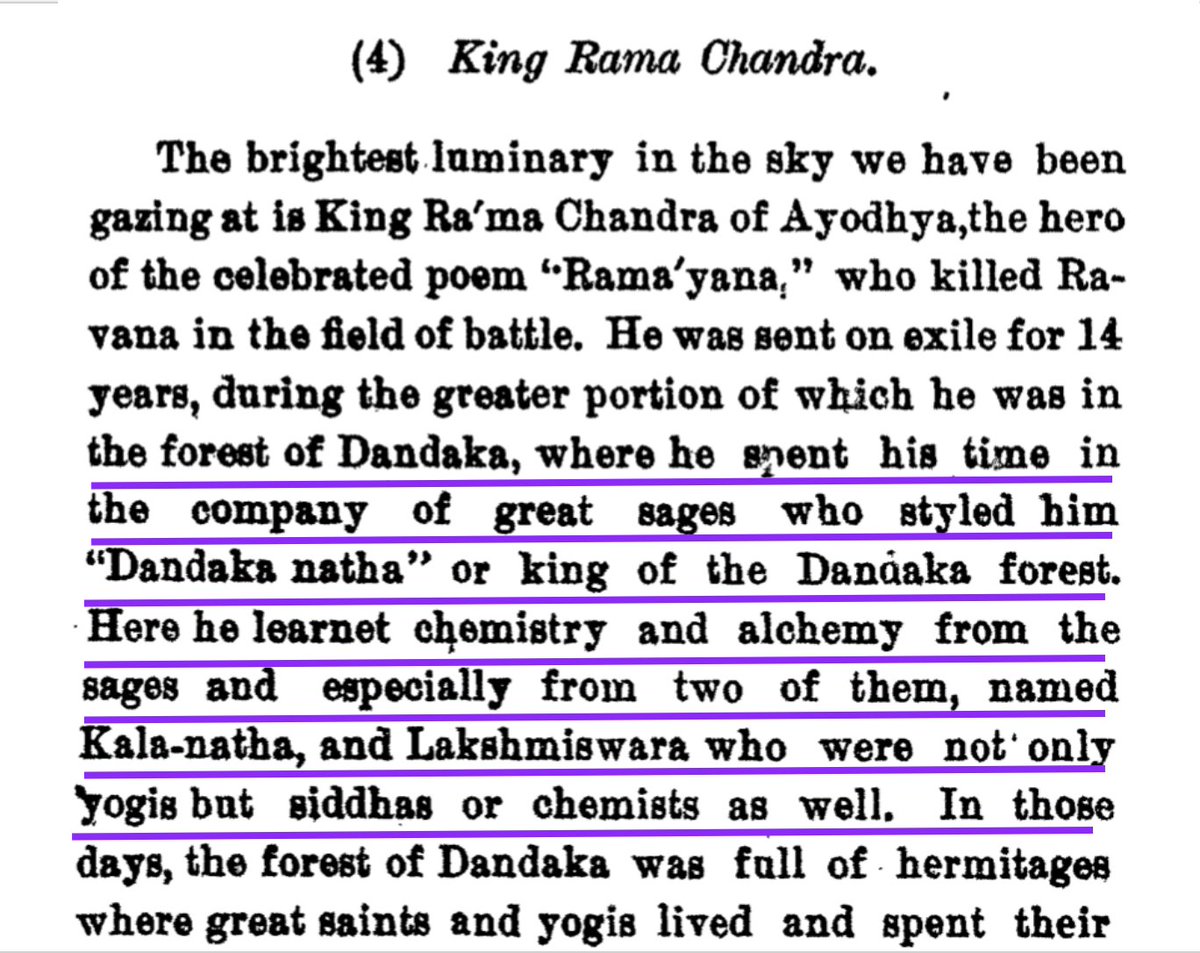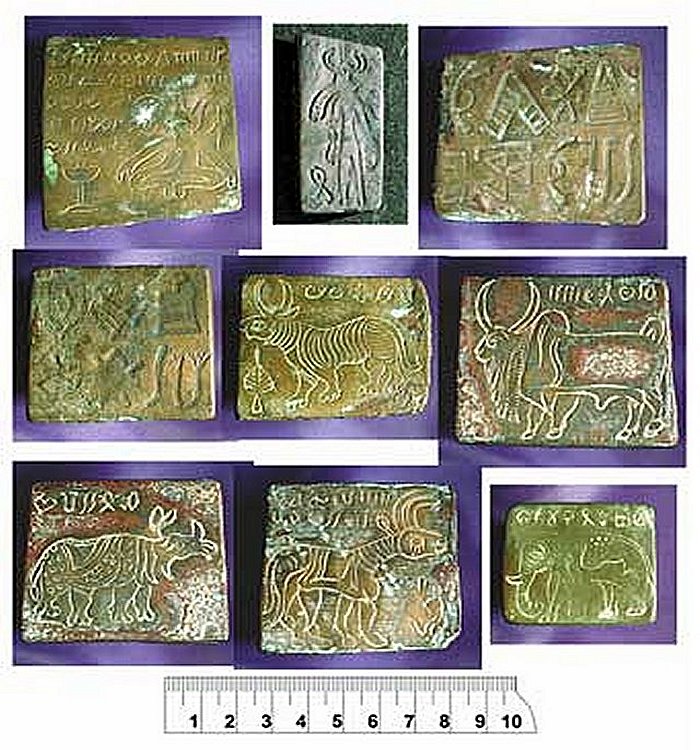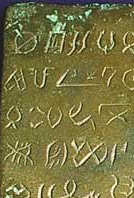
1/n
In a stunning research paper “A possible Harappan astronomical observatory at Dholavira”, authors M. Vahia & SM. Menon (2013) reveal the discovey of a full-fledged astronomical observatory at Dholavira, Gujarat - a Sarasvati-Sindhu site dating back to before 2500 BCE
In a stunning research paper “A possible Harappan astronomical observatory at Dholavira”, authors M. Vahia & SM. Menon (2013) reveal the discovey of a full-fledged astronomical observatory at Dholavira, Gujarat - a Sarasvati-Sindhu site dating back to before 2500 BCE

2/n
Dholavira, situated on the Tropic of Cancer, was an important port city in 2500 BCE when sea levels were higher. Since the city was a hub of commerce & trade with West Asia , keeping track of time was crucial to the city. It was located on an island in today's Rann of Kutch.
Dholavira, situated on the Tropic of Cancer, was an important port city in 2500 BCE when sea levels were higher. Since the city was a hub of commerce & trade with West Asia , keeping track of time was crucial to the city. It was located on an island in today's Rann of Kutch.

3/n
Latest accelerator based radiocarbon dating suggests Dholavira was occupied from at least 3,500 BCE (pre Harappan). However, the settlement possibly started earlier since the oldest settlement level could not be dated due to lack of datable material.
Latest accelerator based radiocarbon dating suggests Dholavira was occupied from at least 3,500 BCE (pre Harappan). However, the settlement possibly started earlier since the oldest settlement level could not be dated due to lack of datable material.

4/n
This specific discovery was made in the "Bailey" of the city, a 13-room structure with a plan including 2 circular rooms, unlike all other structures in the city. Many features indicate the circular rooms of the Bailey were built intentionally for astronomical observation.
This specific discovery was made in the "Bailey" of the city, a 13-room structure with a plan including 2 circular rooms, unlike all other structures in the city. Many features indicate the circular rooms of the Bailey were built intentionally for astronomical observation.

5/n
Unlike the rest of Dholavira, the Bailey rises from South to North & was intentionally built on an incline at 23.5 deg. corresponding exactly to the latitude of the city, so that it points to the region of sky where stars always would be circumpolar.
Unlike the rest of Dholavira, the Bailey rises from South to North & was intentionally built on an incline at 23.5 deg. corresponding exactly to the latitude of the city, so that it points to the region of sky where stars always would be circumpolar.

6/n
While Dholavira is aligned 6 degrees from true north, features of the two circular rooms point exactly to the West & North. These rooms were far too small to be used as a residence. They also don’t have bathing or utilitarian areas & are disconnected to the adjacent rooms.
While Dholavira is aligned 6 degrees from true north, features of the two circular rooms point exactly to the West & North. These rooms were far too small to be used as a residence. They also don’t have bathing or utilitarian areas & are disconnected to the adjacent rooms.

7/n
The authors used computer simulations to meticulously simulate the movement of sunlight cast by the holes in the ceilings of these 2 rooms & discovered that these circles of light illuminated specific spots to identify important days in the solar calendar.

The authors used computer simulations to meticulously simulate the movement of sunlight cast by the holes in the ceilings of these 2 rooms & discovered that these circles of light illuminated specific spots to identify important days in the solar calendar.


8/n
Stone walkways leading to their entrances, indicate access for specific purposes. The entrances faced due north and due west. The west-pointing room had two walls to the west constructed so that their shadows just touch the entrance on winter and summer solstice days.
Stone walkways leading to their entrances, indicate access for specific purposes. The entrances faced due north and due west. The west-pointing room had two walls to the west constructed so that their shadows just touch the entrance on winter and summer solstice days.

9/n
The narrow beams of light entering these rooms with unusually narrow entrances accentuated the movement of the Sun over the year. In the northern room, positioning the aperture above the southern extremity marked points where the light was cast at noon on the solstices.

The narrow beams of light entering these rooms with unusually narrow entrances accentuated the movement of the Sun over the year. In the northern room, positioning the aperture above the southern extremity marked points where the light was cast at noon on the solstices.


10/n
If a marked wooden plank was laid along the walkway, the position of the Sun at noon would vary systematically & the room functions as a calendrical observatory. This is an irrefutable indication that the rooms were used to devise and update a solar calendar.

If a marked wooden plank was laid along the walkway, the position of the Sun at noon would vary systematically & the room functions as a calendrical observatory. This is an irrefutable indication that the rooms were used to devise and update a solar calendar.


11/n
Two square well-like structures at the southern end also provide an excellent location to observe zenith transiting stars even in the presence of city lights. This indicates that the entire purpose of the superstructure was to function as an astronomical observatory.
Two square well-like structures at the southern end also provide an excellent location to observe zenith transiting stars even in the presence of city lights. This indicates that the entire purpose of the superstructure was to function as an astronomical observatory.

12/n
The Bailey structure at Dholavira was constructed specifically in response to solar geometry at the site, & the two circular rooms were intentionally designed as solar observatories proving the Sarasvati-Sindhu Civilization had detailed knowledge of positional astronomy.
The Bailey structure at Dholavira was constructed specifically in response to solar geometry at the site, & the two circular rooms were intentionally designed as solar observatories proving the Sarasvati-Sindhu Civilization had detailed knowledge of positional astronomy.

13/n
This is the oldest urban architecture built for the purpose of observing astronomy to measure time unlike other ancient megalithic observatories. Interestingly, plans similar to Dholavira are found thousands of years later in Peruvian & Maya observatories of South America.
This is the oldest urban architecture built for the purpose of observing astronomy to measure time unlike other ancient megalithic observatories. Interestingly, plans similar to Dholavira are found thousands of years later in Peruvian & Maya observatories of South America.

14/n
All images and data in this thread are property of the authors of the original paper “A possible Harappan astronomical observatory at Dholavira”, by M. Vahia & SM. Menon which can be accessed at:
arxiv.org/pdf/1310.6474.…
All images and data in this thread are property of the authors of the original paper “A possible Harappan astronomical observatory at Dholavira”, by M. Vahia & SM. Menon which can be accessed at:
arxiv.org/pdf/1310.6474.…
• • •
Missing some Tweet in this thread? You can try to
force a refresh

















